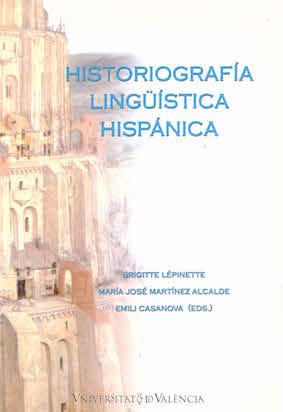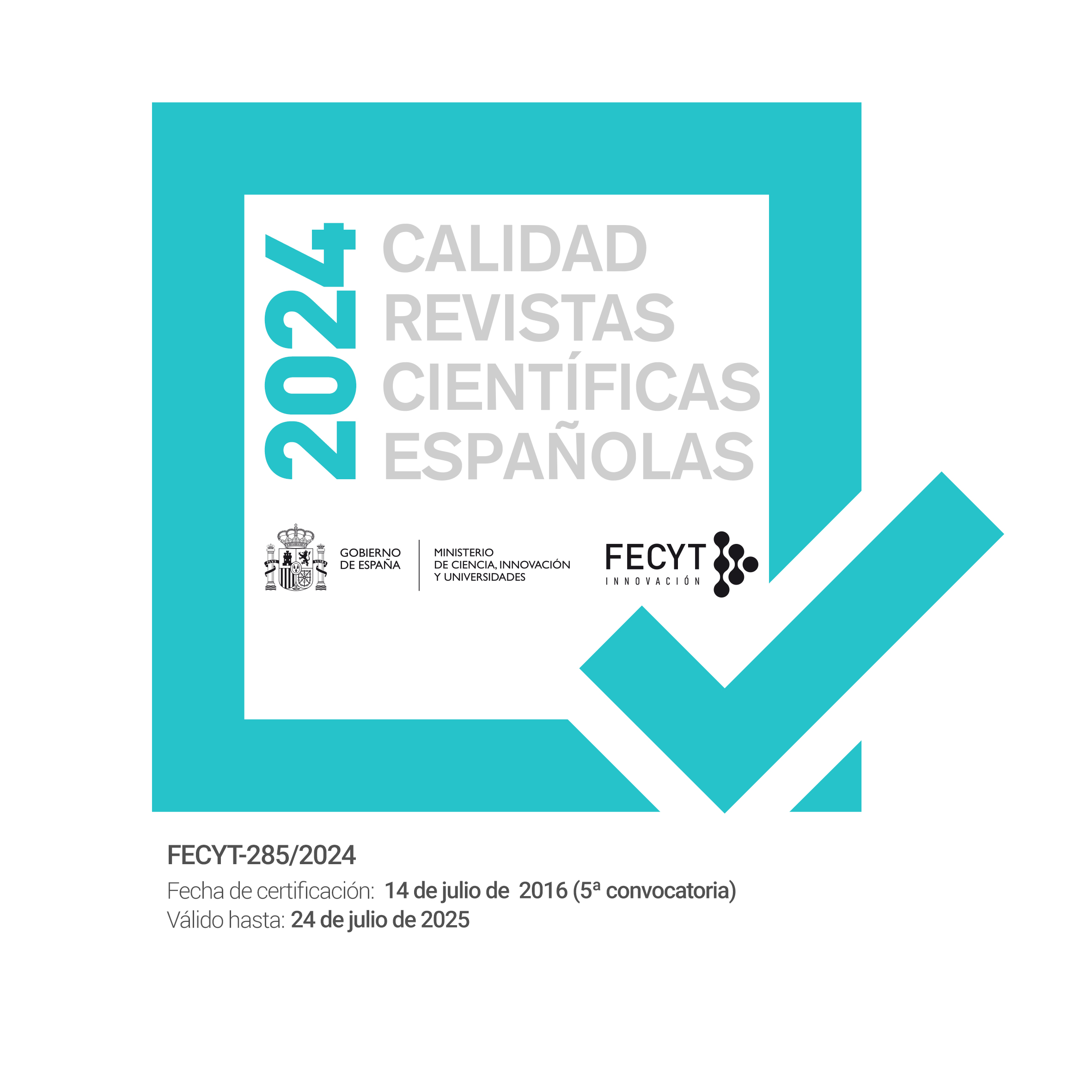La comparación como elemento fraseológico en la lexicografía hispanolatina del siglo xvii
DOI:
https://doi.org/10.7203/qfilologia.13.4032Keywords:
Diachronic Phraseology, Comparison, Lexicography, Linguistic Historiography Abstract
Abstract
Spanish provides for a great diversity of syntactic constructions to express superlativeness of a predicative content, being stereotypical comparisons one of them very frequently uses, specially in spoken language. As a considerable amount of documents show, the use of this construction can be traced back to very ancient times in history. Only some cases included by Golden Age hispano-latin lexicographers in their dictionaries are explained in this paper. The above mentioned lexicographers record in their thesauri a lot of comparative structured phraseological entities, most of them commoly used at that time to emphasize the predicative content of a verb or an adjective. These are stereotypical value comparisons that, because very frequently found in spoken and written language, lexicographers thought should be included in a dictionary. Thus, this recording process becomes de beginning of phraseological units codification as fixed expressions, more or less flexible, used by speakers to express superlative value.
 Downloads
Downloads
Downloads
How to Cite
-
Abstract251
-
PDF (Español)348
Issue
Section
License
 Este obra está bajo una licencia de Creative Commons Reconocimiento-NoComercial-SinObraDerivada 4.0 Internacional.
Este obra está bajo una licencia de Creative Commons Reconocimiento-NoComercial-SinObraDerivada 4.0 Internacional.
Authors who publish with this journal agree to the following terms:
- Authors retain copyright and grant the journal right of first publication with the work simultaneously licensed under a Creative Commons Attribution License that allows others to share the work with an acknowledgement of the work's authorship and initial publication in this journal.
- Authors are able to enter into separate, additional contractual arrangements for the non-exclusive distribution of the journal's published version of the work (e.g., post it to an institutional repository or publish it in a book), with an acknowledgement of its initial publication in this journal.
- Authors are permitted and encouraged to post their work online (e.g., in institutional repositories or on their website) prior to and during the submission process, as it can lead to productive exchanges, as well as earlier and greater citation of published work (See The Effect of Open Access).




